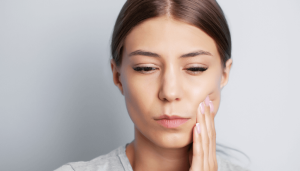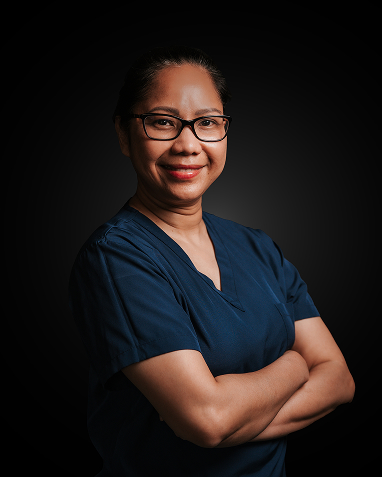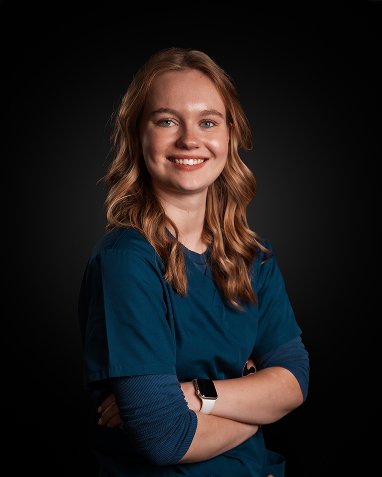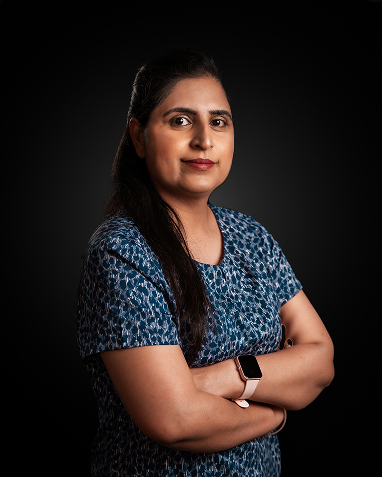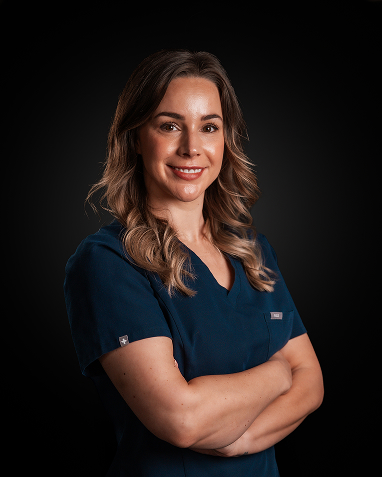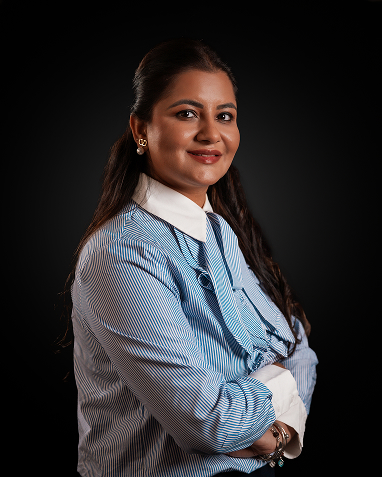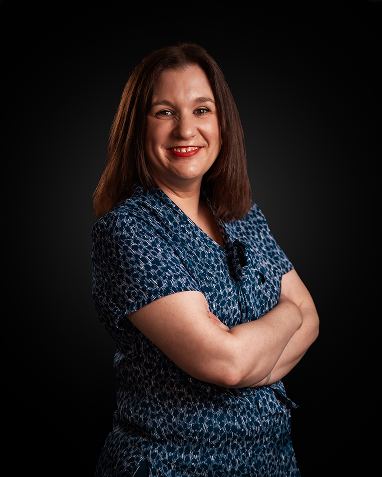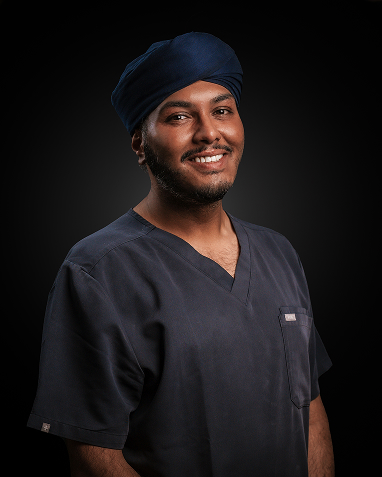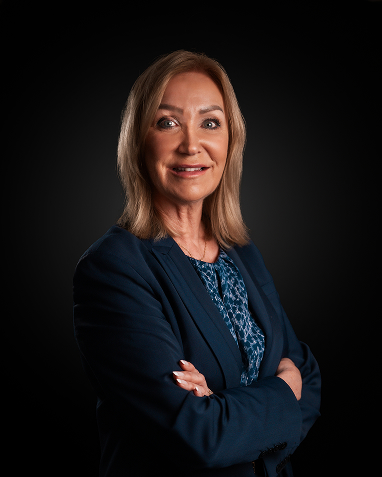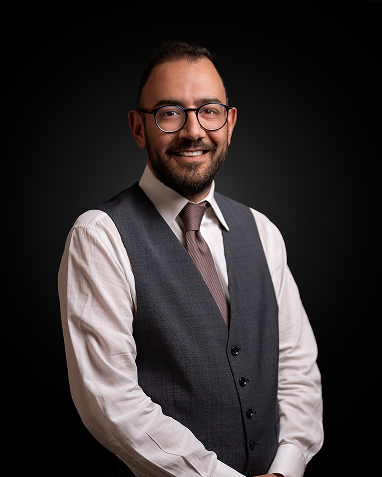How To Qualify For Eyelid Surgery? Checking Your Candidacy
If sagging or drooping eyelids are affecting your vision or making you look older and worn out, eyelid surgery, also called blepharoplasty, may be worth considering. This procedure removes excess skin, fat, or muscle around the eyes to improve both appearance and function.
To qualify, most patients need to be in good overall health and free from certain eye conditions such as glaucoma or thyroid-related eye disease. In many cases, eligibility depends on whether excess skin is interfering with daily life, especially by restricting vision.
Understanding the candidacy criteria is the first step to knowing if this treatment is right for you. Let’s look at what makes someone a good candidate for eyelid surgery.
Understanding Blepharoplasty Surgery
Blepharoplasty, commonly referred to as eyelid surgery, involves the removal of excess skin, fat, or muscle from the eyelids. This procedure can be performed on the upper eyelids, lower eyelids, or both, depending on the patient’s concerns. The types of blepharoplasty are:
Upper blepharoplasty removes excess skin or fat, causing sagging or heaviness in the upper eyelid. It can improve vision obstructed by drooping eyelids.
Lower blepharoplasty addresses puffiness, bags under the eyes, and excess skin. It helps minimise the appearance of dark circles and makes you look more refreshed.
Blepharoplasty Surgery Benefits Include:
- Reduces under-eye bags
- Minimises puffiness & signs of ageing
- Improves vision
- Helps achieve a youthful & refreshed appearance
- Reduces discomfort
- Reduces eye fatigue
- Enhances facial symmetry
To achieve these benefits, it’s important to determine your candidacy.
How to Qualify for Eyelid Surgery?
Not everyone qualifies as a suitable candidate for eyelid surgery. Candidacy depends on your eye health, overall health, and personal goals. You may qualify for blepharoplasty if you meet the following criteria:
When excess skin or fat makes the upper eyelids heavy or blocks part of your vision, surgery can remove the obstruction and restore a more alert look.
-
Puffy Lower Eyelids or Under-Eye Bags
If you have bags under your eyes that make you look tired, eyelid surgery can help. Lower eyelid surgery targets these puffiness areas and can improve the overall look of your eyes.
-
Compromised Vision From Eyelid Skin
Excess skin may hang over your upper eyelid and limit your vision. Eyelid surgery may give you a clearer line of sight by correcting this issue.
-
Hereditary Eyelid Droopiness
Although this surgery is recommended for people over 35, younger people with hereditary conditions like hooded eyes, which may cause early drooping of the eyelids, may also qualify.
In these cases, the surgeon evaluates the severity and decides whether any surgery is recommended to improve both function and appearance.

Ready to achieve your aesthetic goals?
- CQC-Registered Clinic with Nationally Recognised Leadership
- Over a Decade of Surgical & Aesthetic Expertise
- Personalised treatment plans tailored to your needs
-
Have Realistic Expectations from Surgery
Although eyelid surgery will make a noticeable difference, it definitely won’t give you a dramatically youthful look or change the outline of your eyes. So, setting realistic goals is a must.
Candidates must be non-smokers and free from uncontrolled health problems such as diabetes, high blood pressure, or serious eye diseases.
Who is a Good Candidate for Blepharoplasty?
Most people who qualify for eyelid surgery are over 30, in good overall health, and do not have serious eye problems. Before moving forward, it’s important to let your surgeon know if you have any medical conditions, such as:
- Eye problems such as glaucoma, chronic dryness, or past retinal issues.
- Thyroid disorders like Graves’ disease, hypothyroidism, or hyperthyroidism.
- Circulation or heart-related concerns, including high blood pressure.
- Diabetes or other long-term health conditions.
Equally important is having realistic expectations. Blepharoplasty can refresh your appearance and boost confidence, but it will not completely change how you look or alter the natural shape of your eyes. Everyone has unique features, and some natural asymmetry is normal. The goal of surgery is to improve function and appearance, not to create a new face. A clear discussion with your surgeon can help align your goals with what surgery can realistically achieve.
Who is Not a Good Candidate for Blepharoplasty?
Certain medical and eye conditions may prevent eligibility for eyelid surgery. These include:
-
Certain Medical Conditions
High blood pressure, diabetes, or heart disease—conditions that are not well controlled, so eyelid surgery may not be recommended. Surgery may stress your body more, so these conditions must be controlled or discussed.
Having glaucoma, dry eyes, or retinal problems may make the surgery or its outcomes complicated. If you have any chronic eye problems, eyelid surgery might not work for you.
Smoking slows down healing and increases the risk of infection, scarring, and poor results. Most surgeons ask patients to quit weeks before and after surgery.
-
Expecting Unrealistic Results after Surgery
If you expect a dramatic change, blepharoplasty may not be the right option for you. Eyelid surgery aims to improve the aesthetic appearance of the eyes and correct the loss of function rather than transform one into a new face.
What Happens During Eyelid Surgery?
Eyelid surgery can be carried out under local anaesthetic or, in some cases, under general anaesthetic. Before the procedure, your surgeon will ask you about any medications you take that affect blood clotting, like aspirin, warfarin, or apixaban.
Upper eyelid surgery usually involves:
For the upper eyelids, the surgeon makes a small incision along the natural crease of the lid. Through this opening, any excess skin, fat, or muscle that is causing heaviness or drooping is carefully removed or adjusted. The incision is then closed, and because it lies in the eyelid’s natural fold, the scar is usually well hidden.
Lower eyelid surgery may involve:
For the lower eyelids, the incision is made either just below the lash line or inside the eyelid itself. This allows the surgeon to remove or reposition fat that creates under-eye bags, sometimes along with a small amount of loose skin. If needed, the muscles or tendons of the eyelid are tightened to provide extra support before the incision is closed.
Discussing with a Blepharoplasty Expert Is Helpful
If you’re searching for how to qualify for eyelid surgery, you should consult with an expert. This will ensure your safety and the best possible outcome.
A qualified surgeon will check your eligibility for blepharoplasty by assessing your:
- Medical history
- Eye condition (aesthetic & functional evaluation)
- Vision using a field test
- Photographic evidence to assess severity
- The impact of eyelid droopiness on daily life
During this consultation, you can ask questions, discuss your concerns, and make informed decisions.
Bottomline
Qualifying for eyelid surgery is the first step towards addressing lazy eyelids or under-eye bags.
Eyelid surgery can be life-changing for the right candidate, providing aesthetic and functional advantages.
For advice book a consultation session with our expert oculoplastic surgeon, Mr Jeeva, to confirm your candidacy for upper or lower blepharoplasty.

Ready to achieve your aesthetic goals?
- CQC-Registered Clinic with Nationally Recognised Leadership
- Over a Decade of Surgical & Aesthetic Expertise
- Personalised treatment plans tailored to your needs
Discuss your goals and concerns—take a step towards an alert profile and better vision!
FAQs
01. How to get eyelid surgery approved?
To approve you for an eyelid surgery, the doctor will check for the presence of:
- Sagging or drooping eyelids.
- Under eye bags or dark circles.
- Limited vision
- Overall good health
02. What is the test for eyelid surgery?
A visual field test will check the severity of compromise in your vision due to drooping eyelids. The test results will qualify you as the right candidate for eyelid surgery.
03. Can you fix eyelids without surgery?
Options like laser resurfacing, skin tightening, and dermal fillers may help lift the drooping eyelids without surgery.
04. Is eyelid surgery worth it?
If you have severe saggy or droopy eyelids, blepharoplasty is worth it. It helps achieve a younger and more alert profile.
05. What is the best age for eyelid surgery?
Eyelid surgery can technically be done from the age of 18, but most people consider it later in life. The ideal candidates are usually adults in their 30s or older, when signs of ageing like sagging skin or puffiness around the eyes become more noticeable.
06. Can eyelid surgery have complications?
Yes, like any surgery, blepharoplasty carries some risks, although serious problems are uncommon. In rare cases, it may cause issues such as injury to the eye muscles, the lower eyelid pulling away from the eye (known as ectropion), or bleeding inside the eye socket.




